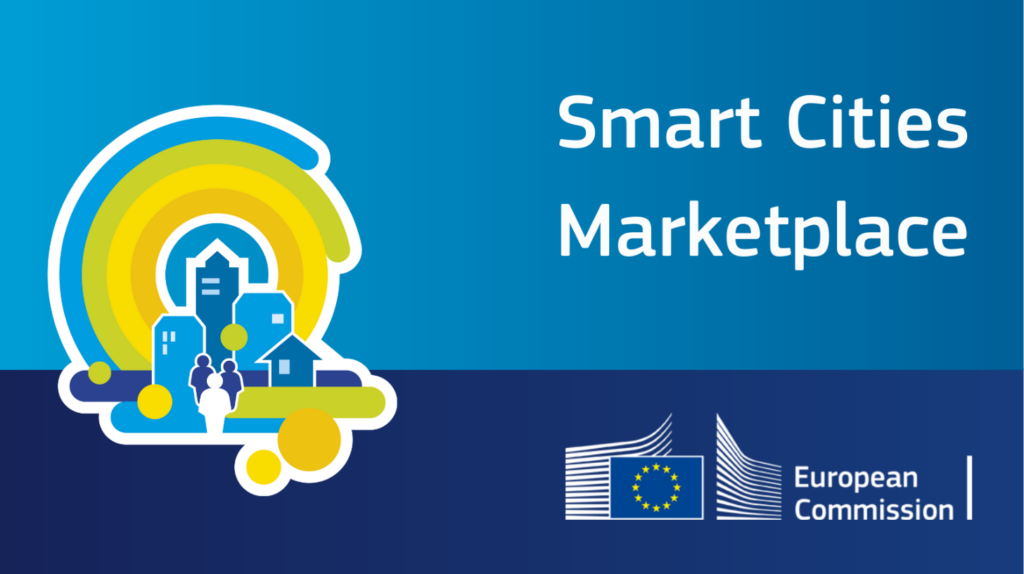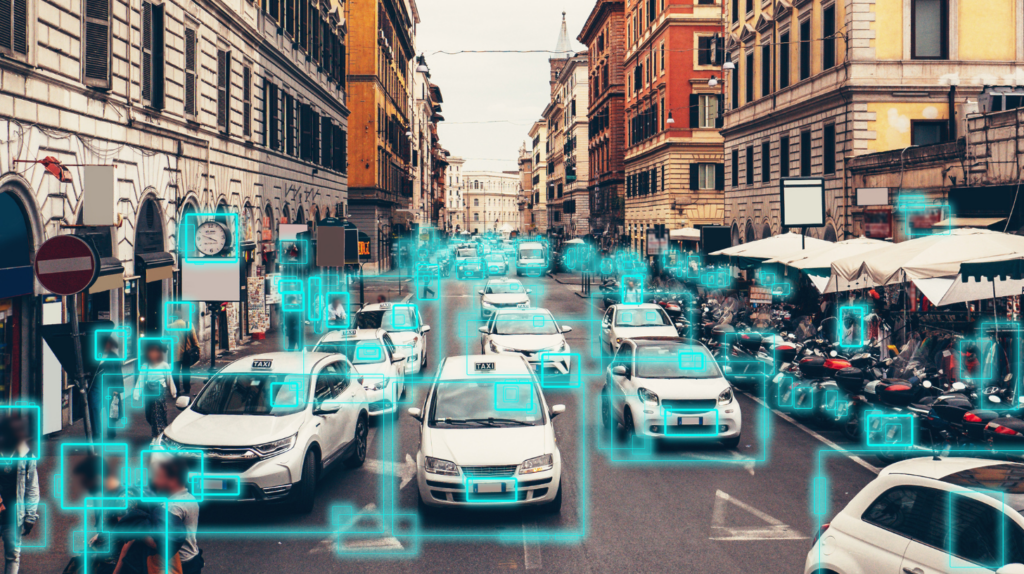The Green Cities consortium developed the blog post “Case Studies: Smart Cities Solutions” under the EU-Funded Project Youth Participation for Developing Sustainable Green Cities (reference number: 2022-1-DE04-KA220-YOU-000085135). L4Y Learning for Youth GmbH is leading the project alongside partners Citizens in Power, Toplum Gönüllüleri Vakfı, Kean, Walktogether, and Kaán Károly Környezetvédelmi Egyesület.
Partners developed this blogpost to follow the training content of project Green Cities. Want more content like this click here. If you want to know more about it, take a free online training course. You will also get expert recommended reading and the full references available on the platform online training course. In the platform, you will also find the full list of references and extra suggested reading material.
For the latest on the project, be sure to subscribe to our YouTube Channel, as well as the project’s social media pages X and Instagram. Additonally, you can also join our Discord community.
Introduction
Case studies allow for cities that are looking to pick up with smart technologies the ability replicable concepts from around the world constituents. The first of these, is a security architecture that enforces strong separation between critical assets and moreover contains both the targeted data exfiltration attempt as well as lateral moving. As a result, these solutions enhance public safety & energy efficiency and bring tourism along with urban living. Furthermore, these use-cases illustrate the pragmatic implementations of ideas on smart city. They further highlight the need for well-conceived planning and community engagement. We therefore should look towards providing environmentally sustainable and climate change resilient urban areas.
Case Studies: 1 – Cape Town’s Video Surveillance & Analytics
Public Safety Benefits from License Plate Recognition (LPR) Implementation in Cape Town. The technology also consisted of 42 day/night cameras. These cameras monitor up to 300,000 vehicles an hour. The main focus had been on safety along the primary street. The street takes you into one of the richest suburbs in town.
Case Studies: 2 – Chicago’s Smart Lighting Project
The Smart Lighting Project in Chicago also represents the modernization of municipal infrastructure. They help improve public safety by replacing ageing streetlights with LEDs. They also lower energy costs. The project replaces around 270,000 light fixtures. As a result, they anticipate total energy savings of 75% that would be in the form of electricity usage.
Case Studies: 3 – Dubai’s Smart City and Smart Tourism Initiative
Also, Dubai merges the concept of a smart city with that of being an intelligent tourist spot. Their goal is turning the city into a destination top with tourists. Therefore, digital innovation is very important. Plus, they mine data to understand how people perceive and engage with them. Cloud Computing and NFC technology, which smooth out tourist interaction. A notable example here is the “Emirates Smart Wallet”
Case Studies: 4 – Singapore’s Smart Nation Initiative
Singapore’s Smart Nation Initiative, meanwhile focuses on ICTs, Big Data and connectivity. Their objective is to improve living conditions along with the creation of economic opportunities. You can also develop a more tighter community. This transformative effort goes beyond health or transport, to public services. And that in turn will lead to a more cohesive and well-functioning society.
Insights from “Smart City: How do you live in a Smart City?” Video
The video “Smart City: How do you live in a Smart City?” by DW Shift provides additional context and examples of how smart city concepts are being implemented globally. Here are some key points covered
The video “Smart City How do you live in a smart city?” by DW Shift offers insights and examples of how smart city ideals are being manifested in efforts worldwide. Below are the essential points reported,
- Interconnected Urban Systems
- Technological Advancements
- Citizen Engagement
- Challenges and Considerations
Conclusion of the Different Case Studies
In conclusion, this is how the smart cities case studies prove to be more so affective and show transformative power of cutting edge technologies in urban planning & administration. Examples range from the surveillance apparatuses of Cape Town to Singapore’s Smart Nation Initiative, initiatives where smart solutions can dramatically improve public safety; operational effectiveness and environmental sustainability. Also, thoughts from the “Smart City: How do you live in a Smart City?” The video stresses out that citizen participation as well data protection are very crucial. URBAN-HYBRIDS aims to study these in use case projects, and draw lessons on how urban planners and policymakers can seize the potential of transforming smart cities with public services.















